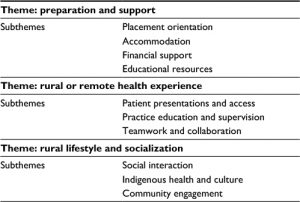Amortization vs Depreciation Made Easy: A Beginner's Guide
Content

This method provides a greater tax credit for the company in the earlier years of depreciation. Businesses also use another method of depreciation called the accelerated difference between amortization and depreciation depreciation method. In this depreciation method, the company depreciates the asset faster than the traditional method, such as the straight-line method.
Both methods are used to expense assets over a long period of time – typically longer than a year – and allow businesses to pay less interest than if they paid the entire cost of an asset upfront. Amortisation and depreciation also track the rising and falling values of company assets and calculate those assets into the rest of the company’s finances. Depreciation and Amortization are methods of prorating the cost of business assets over the course of their useful life. As an entrepreneur you know that acquiring and building assets is a pivotal part for your small business's growth. However, those assets come at a cost; and the two main methods for calculating the value of your business's assets over time are amortization and depreciation. The cost of an asset can be depreciated each year over the asset's life.
What Is the Meaning of Amortization?
Both depreciation and amortization are recognized as an expense in profit and loss statement of the Company for taxation purpose. Depreciation refers to an asset’s gradual wear and tear that reduces its initial value. Amortization, on the other hand, is the general reduction in the value of an intangible asset over its useful life. That means that the same amount is expensed in each period over the asset's useful life. Assets that are expensed using the amortization method typically don't have any resale or salvage value.
For example, an oil well has a finite life before all of the oil is pumped out. Therefore, the oil well's setup costs can be spread out over the predicted life of the well. Find opportunities for businesses owned by women and people of color. ZenBusiness vs. IncFile Learn the differences in what we offer with this side-by-side comparison. PPE Corp installs a new production line to produce plastic containers. Commercial production cannot begin until PPE Corp receives routine quality approval from its key customer.
Examples of Depreciation vs Amortization
The particular model you buy is expected to produce 50,000 mugs during its useful life. We briefly touched on one depreciation example above, but let’s take a deeper dive, this time using a different depreciation method. With a general overview of amortization and depreciation under our belts, it’s time to learn about how these concepts differ from one another. Amortisation occurs in a straight-line, while depreciation can occur in both a straight-line or an accelerated method. Amortization may also refer to loan repayment schedules issued by financial institutions and other lenders involving a principal and interest payments.
- Volatility profiles based on trailing-three-year calculations of the standard deviation of service investment returns.
- Immediately, your tax professional sees you have a large net profit — and in all likelihood — not looking forward to paying taxes on $100,000.
- Briefly explain the differences between the terms, depreciation, depletion, and amortization.
- It essentially reflects the consumption of an intangible asset over its useful life.
What is the difference between depreciation and amortization and capitalization?
The primary purpose of depreciation is to spread the cost of an asset over its expected useful life. This contrasts with amortization, which is the capitalization of the cost of an asset over the useful life of the asset. Depreciation is calculated for linear, depreciated balances, annuities, etc.
